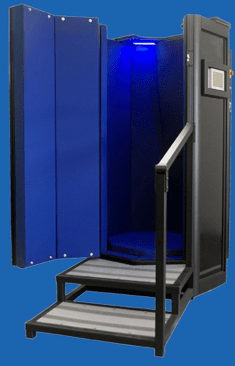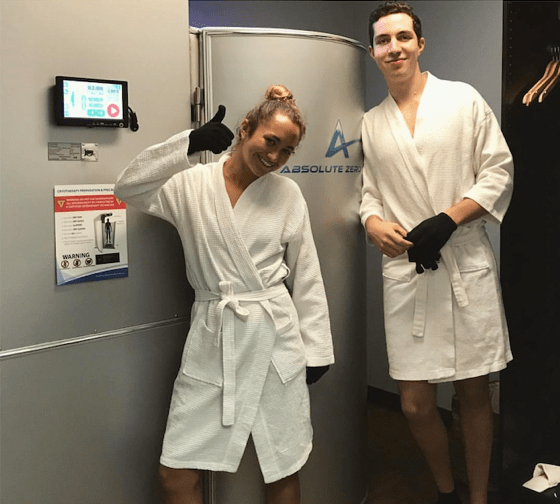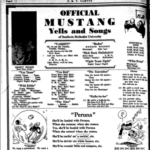By: Christina Paulus
Cryotherapy is a three-minute cold therapy that uses liquid nitrogen to lower your body temperature to -200 degrees Farenheit. You heard that right: negative 200 degrees. The therapy is administered in a chamber that looks like a time machine.

Emily Hyde, a biology major at SMU, worked for a local cryotherapy center in Fort Worth while in high school and used the machine practically every day. She loved the procedure.
“I couldn’t tell at first, but after going a couple days in a row, I noticeably had more energy and slept better,” she said.
But not so fast.
In a July 2016 report by the Food and Drug Administration, researchers found that potential risks of cryotherapy include asphyxiation, oxygen deficiency, frostbite, burns, and even eye injury due to the freezing temperatures and low amount of oxygen in the chamber.
That’s not stopping people from using the technique. There are more than 10 cryotherapy locations within a 50 mile radius of SMU, including CryoUSA in Snider Plaza. And the relatively high cost – about $60 per session – is also not a deterrent.
Mary Lou Walnut, a senior account sales representative for CryoUSA, believes that cryotherapy has benefits, but she acknowledges the possible health risks.
“It is a quick recovery, it’s great for an endorphin rush so it’s a natural energy boost, and it helps with inflammation,” Walnut said. “But when you’re taking the skin temperature down to -40 degrees Celsius, you are always risking potential frost bite.”
Dallas native and competitive tennis player Caroline Turner, 21, said she had a bad experience from cryotherapy when employees did not train her on the safe use of the machine. Turner said she did not know that she was supposed to manually turn on the machine, and the liquid nitrogen sprayed on only her calf.
“I got burned because the people in charge of the machine didn’t know how to work it properly,” said Turner, who visited a cryotherapy spa in Dallas.
Turner’s calf fully recovered and today she is a member of the Auburn University women’s tennis team.
Walnut advises people who are pregnant or have vascular or heart issues, allergies to the cold, a cold or fever, or another serious medical condition, not to use the machine unless they have been cleared by a doctor.
“You need to consult with your doctor,” Walnut said. Clients should also always be asked to fill out information forms and a waiver before their first treatment.
For those who are considering the procedure, Walnut pointed to the Discovery Channel story of CryoUSA and Whole Body Cryotherapy, which shows how the machine works.
Royal Oaks Country Club tennis coach and SMU alum Anna Kate Anderson uses cryotherapy after her workouts.
“Cryo is the perfect way to cool down,” Anderson said. “Not only do I literally cool down, but I’m also not sore the next day. It’s like a modern-day ice bath but better because it’s only a couple minutes.”
A recent study published by the national center for biotechnology information found that ice baths induced bigger intramuscular temperature reductions in comparison to cryotherapy.
The Cryo Spa Fort Worth manager Chelsea Seisert believes that cryotherapy has a range of benefits that improve body functions. She said the number one reason people ask for the procedure is to reduce muscle inflammation.

“It’s also great for burning calories and helps produce collagen in the body to tighten skin, increases serotonin to regulate your mood and appetite, helps you sleep, and helps your body heal itself naturally from the inside out,” Seisert said.
Seisert said she practices cryotherapy every day and has noticed improvements.
“Sometimes it takes 3 to 5 times to get into it and see what cryo does for yourself personally,” she said. “I do sleep better at night, and it’s really good for my back pain and sciatic problems. I don’t have that much pain anymore, and it boosts my energy level at work.”







